5 Keys to Creating Thinking Classrooms With Dry Erase Painted Walls
Countless educators around the world have come to realize that using individual student desks in the classroom fails to support the idea and practice of collaborative, interactive instruction. For this reason, many schools are now investing in tables as an alternative to desks for student use during the school day. While tables do promote collaboration and can open up new opportunities for learners, they share a common limitation with desks — users have to look down to work on them. When students write and draw at tables, especially during group activities, they tend to crowd over the tables, blocking the teacher’s view of the learning that needs to be observed and monitored.
However, if students work on the large non-permanent vertical surface (NPVS) of a top-quality dry erase wall for problem-solving, brainstorming, and other class-related tasks, their thinking, and learning become visible to the teacher and everyone else in the classroom. Using an NPVS such as a dry erase wall instead of a table or desk doesn’t block understanding but shares it. Of course, it’s important to note that dry erase walls alone won’t be effective in creating a dynamic thinking classroom if they aren’t combined with productive, engaging learning tasks that challenge students to reflect deeply and work collaboratively.
Creating Vibrant Learning Communities with Dry Erase Walls
Having NPVSs such as dry erase walls installed in your classroom can help to develop positive, energized thinking environments and strong learning communities when you use the following techniques:
• Enthusiastically promote continuous student engagement
• Ensure that learning is always visible to both students and teachers
• Encourage easy collaboration among class members
• Give learners who have fallen behind in their lessons the chance to see successful learning strategies being used right before their eyes
• Let students engage in cautious risk-taking activities while learning that may not always succeed, but that will ultimately instill confidence
• Allow for trouble-free teacher observations that lead to more effective instruction and improved classroom management.
As mentioned, using dry erase walls to build a thinking classroom must be combined with vibrant, engaging learning activities in order to achieve successful outcomes for students and enhance their ability to reason and make thoughtful judgments.
Incorporating Dry Erase Walls Elevates the Level of a Thinking Classroom
One issue that many teachers struggle with in designing their classrooms is having sufficient wall space to conduct lessons and also post vital information needed for the teaching process. Teachers often like to use their walls to document the progress of student learning and to post course-related materials such as maps and charts, so the thought of keeping the walls open and bare for brainstorming and other group work isn’t appealing. A great way to get around this obstacle and one that’s less costly than installing traditional whiteboards or interactive whiteboards is to use premium dry erase paint – it’s brilliant!
Applying dry erase paint combined with using the innovative magnetic hanging system GoodHangups is the ideal solution. You can apply the paint to all four walls of your classroom, not just the front wall, and still, be able to write and draw freely while posting students’ work, notes, calendars, maps, and other items with GoodHangups. This system requires no drilling of holes for mounting. Each GoodHangups unit is composed of just a lightweight magnetic sticker and a magnet that can easily be placed alongside or on top of what you already have on your walls.
GoodHangups Can Take a Thinking Classroom to a New Level
You can simply mount the GoodHangups when you need to use them and take them down when you’re done. With these novel gadgets, you can also put up re-sealable plastic bags on your walls to hold low-odor dry erase markers and microfiber cloths for you and your students to use when writing and drawing during class time. Doing so can help save valuable storage space in your desk or supply cabinet.
Many teachers like to use dry erase walls in combination with GoodHangups because it allows them to convert any space into a thinking classroom space. Here students may wrestle with issues by taking multiple viewpoints, come up with informed opinions on a subject, and effectively convey their views to their peers by writing on the walls and using GoodHangups to post annotations and other items related to their work. Creating this type of dynamic, fun, and thoughtful environment for students is one of the most significant challenges teachers face, but teaching and learning in such a setting are both satisfying and enjoyable.
For the sake of variety, another option is to take your lessons into the hallway by also having dry erase paint applied to the hallway walls. In this way, you can use the hall as a supplementary learning space and also share your students’ ideas and images with the entire school community.
PBL Heightens the Impact of Dry Erase Walls in Thinking Classrooms
In order for students to effectively develop their cognitive and critical-analysis skills, they need to feel at ease with the idea of taking risks and sometimes failing in their efforts. The project-based learning (PBL) approach, by which students are able to exercise their mental muscles on genuine real-world problems, offers an optimum way to include the teaching of thinking in day-to-day course content. And what better way to do so than with dry erase walls and GoodHangups as tools for dynamic group interaction?
PBL projects may be easily written down on a dry erase wall for groups of students to examine and discuss in class and then annotate using dry erase markers, along with notes hung by GoodHangups. Through this process, a thoughtful classroom environment imbued with the “language of thinking” is created that’s useful for both students’ academic work and in their future careers. The language of thinking emphasizes reflective learning and distinguishes between reasoning that’s one-dimensional and trivial and reasoning that’s deep, carefully considered, and meaningful.
Teachers’ Questions Should Stretch Students’ Minds
Among the most basic forms of the language of thinking used in classrooms is teacher questioning. Teachers are often urged by administrators and parents to ask higher-level questions that stretch students’ mental limits and thus improve their critical thought processes.
Asking more “how” and “why” types of questions and fewer “when” and “what” types of questions is a key strategy in this approach.
But answering such questions alone has little direct impact on students’ overall ability to think. “How” and “why” questions may bring about some degree of deep thinking for a short time and could help some students develop improved cognitive abilities. However, if students are accustomed to just guessing or making quick judgments about the causes of events, they’ll undoubtedly continue to engage in shallow thinking.
Certain so-called deeper questions, such as “What did you think of that story?” or “Should humans be cloned?” are designed to get students to make personal judgments. And most young people can easily respond to such questions. But without being asked to justify and support their views, students are unlikely to mature intellectually. In a thinking classroom, the teacher’s typical comeback when a student answers a “why” or a “how” question might be “How did you arrive at that answer?” “What are your reasons for thinking that?” or “Have you considered this other option?” Such inquiries by teachers become integral parts of a thoughtful classroom culture and ensure that there is more to answering a meaningful question than a quick offhand response.
Building the classroom learning experience around “how” and “why’ questions is a necessary aspect of promoting deeper levels of thinking in students, but the answers to such questions should always be supplemented with relevant responses, thoughtful assessments, and detailed guidance on how to think about the questions’ meanings and implications.
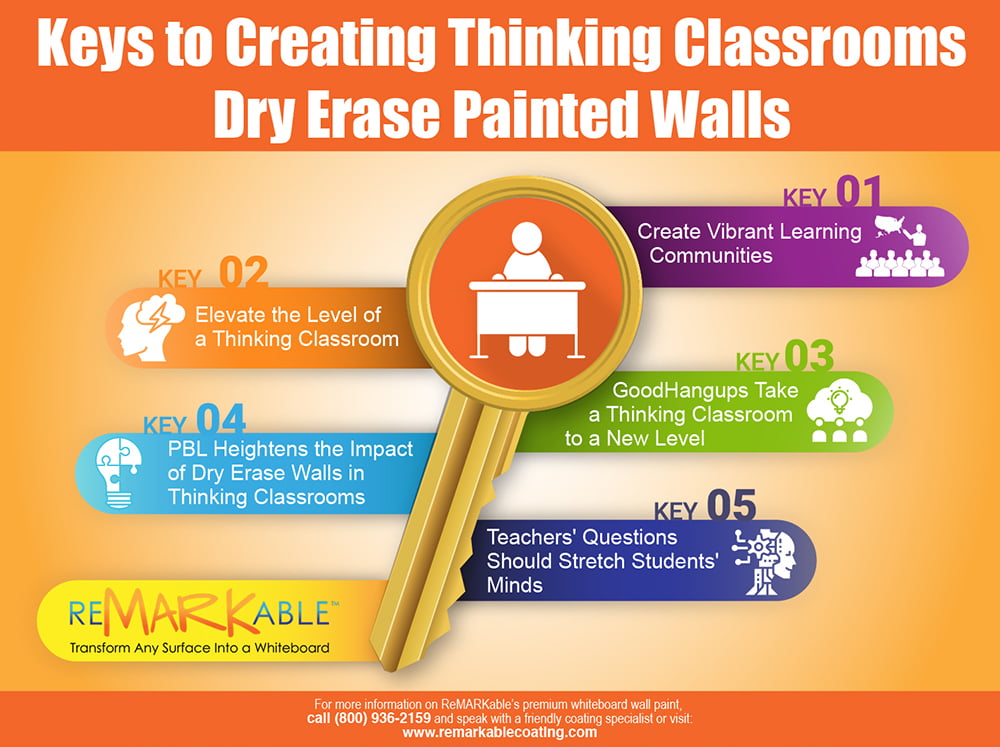

























































































![ReMARKable’s Winter Sale is Here! [25% Off + Free Shipping]](https://www.remarkablecoating.com/wp-content/uploads/2018/01/Red-Tag-Winter-Fashion-Facebook-Post-1-440x264.png)















![Drive Your Organization Into Openness and Watch it Expand [20% Off Whiteboard Paint]](https://www.remarkablecoating.com/wp-content/uploads/2016/04/Drive-Your-Organization-Into-Openness-and-Watch-It-Expand.-1-440x264.jpg)

![30% Off St Patrick’s Day Sale! [Details Inside]](https://www.remarkablecoating.com/wp-content/uploads/2016/03/Glorious-1-440x264.png)


![Giant Leaps Forward Require Big Spaces. [Leap Year Sale Event!]](https://www.remarkablecoating.com/wp-content/uploads/2016/02/Giant-Leaps-ForwardRequire-Big-Spaces-440x264.jpg)

















![ReMARKable Summer Sale 2018 [28% Off Whiteboard Paint]](https://www.remarkablecoating.com/wp-content/uploads/2018/06/Blue-Simple-Line-Beach-Facebook-Post-1-440x264.png)







































































































































































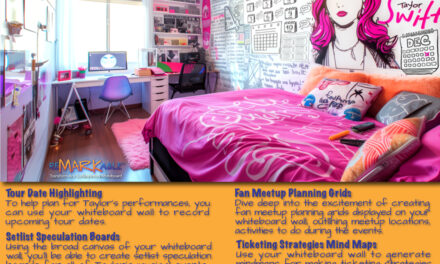


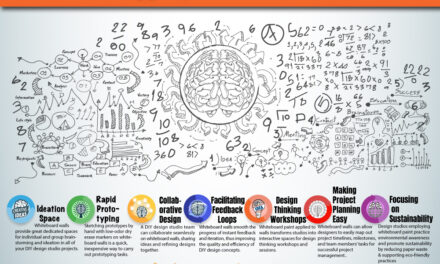
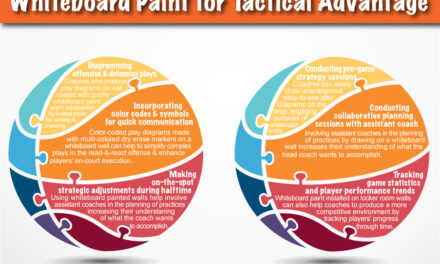




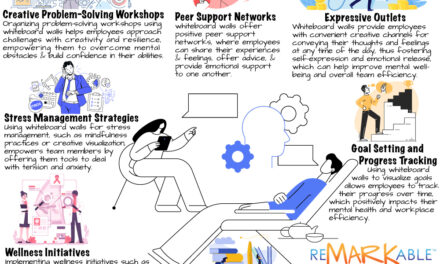


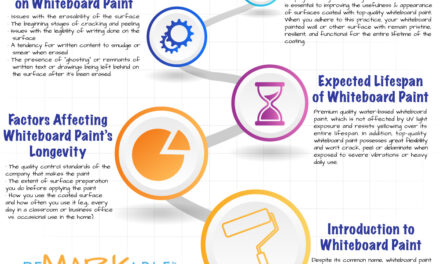
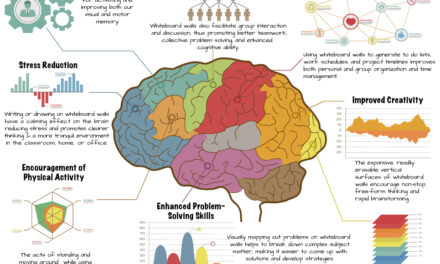


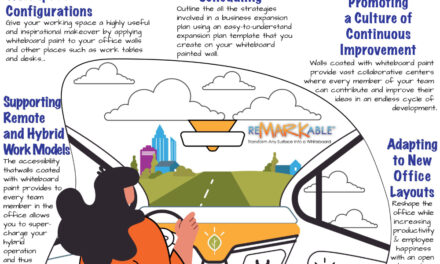
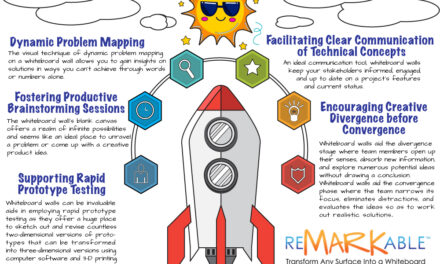

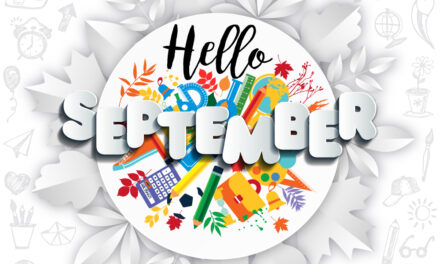
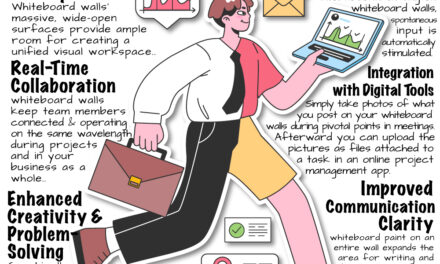
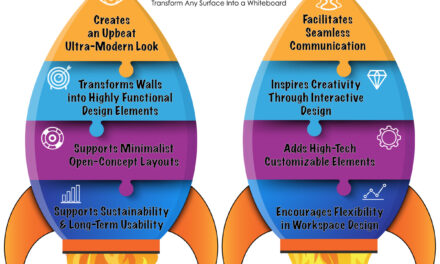




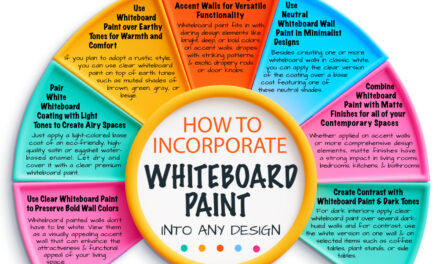
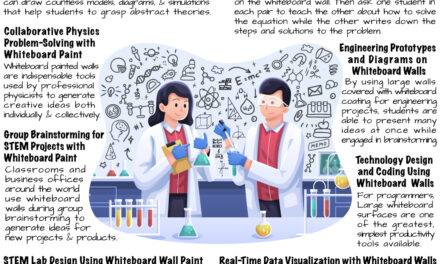
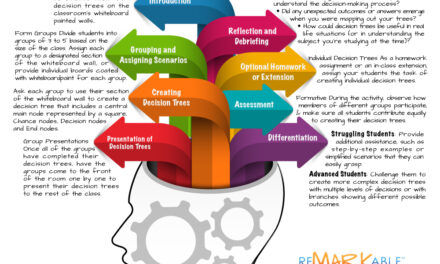

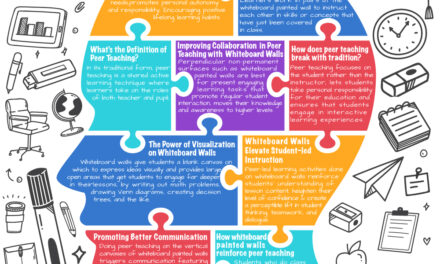
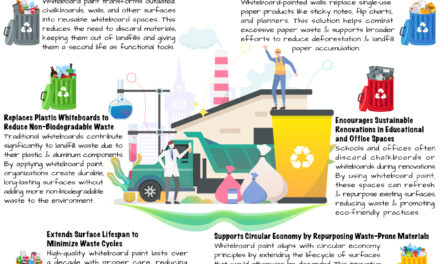

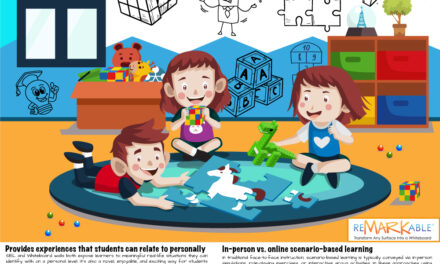
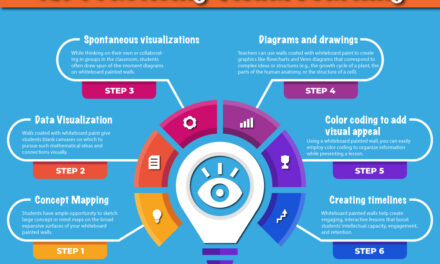
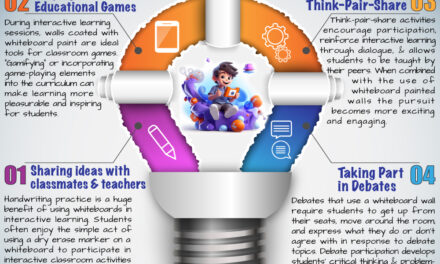



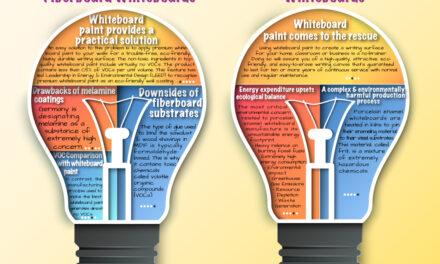
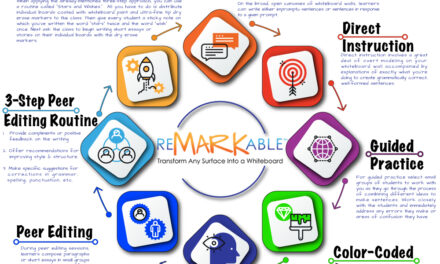


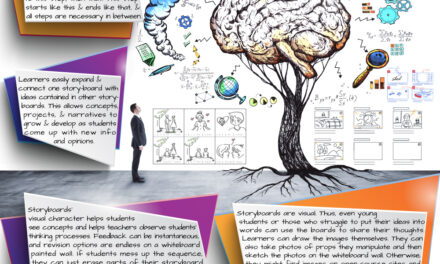
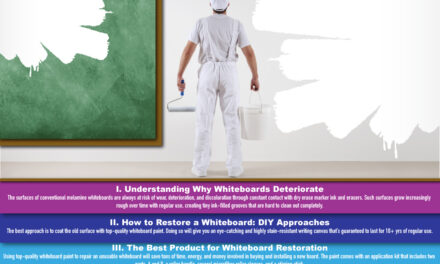


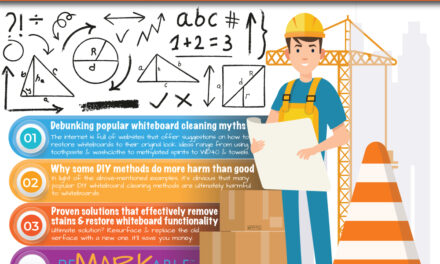
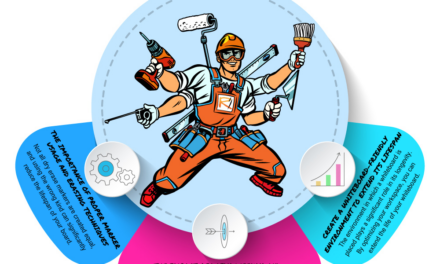

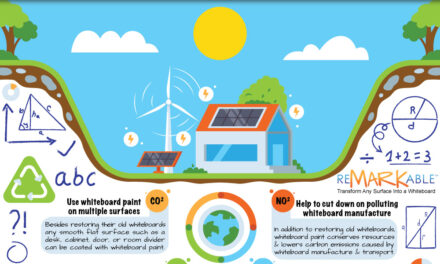
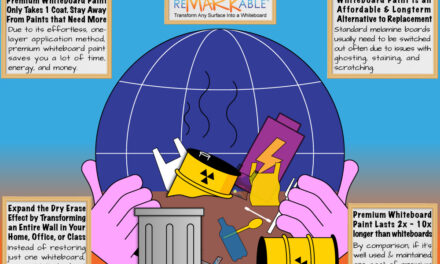
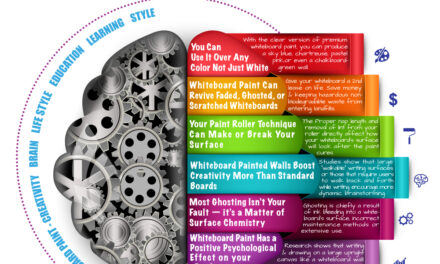
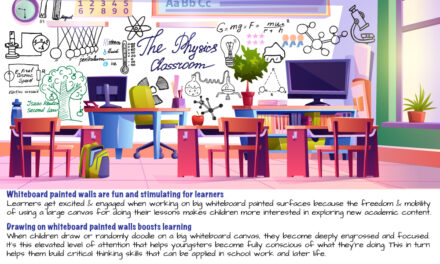
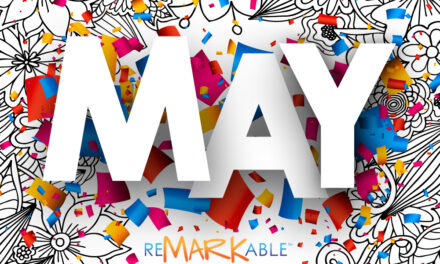
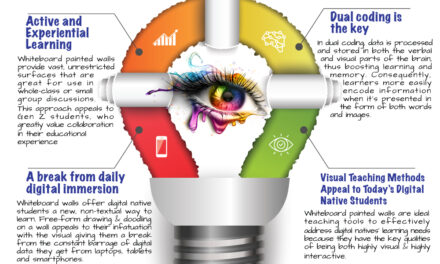
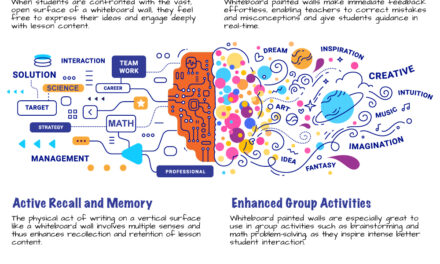
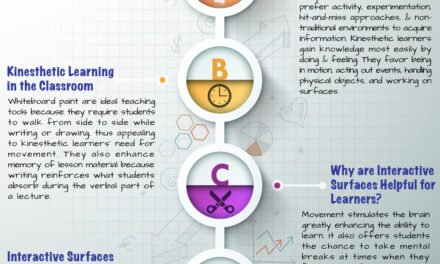

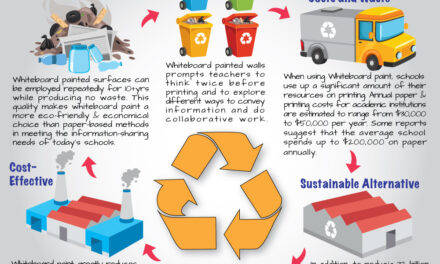
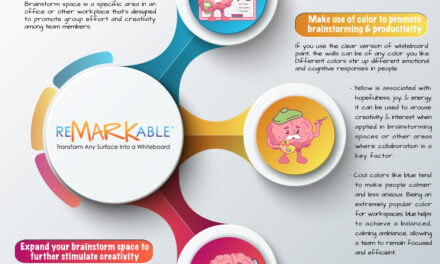
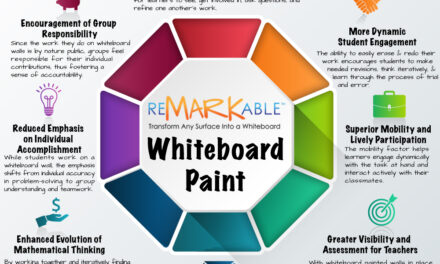
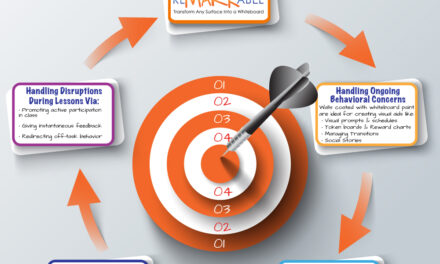
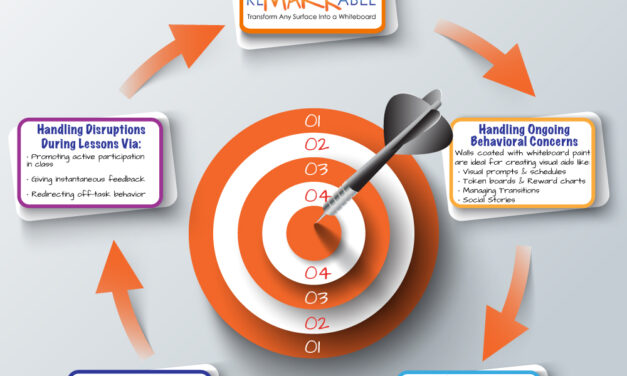
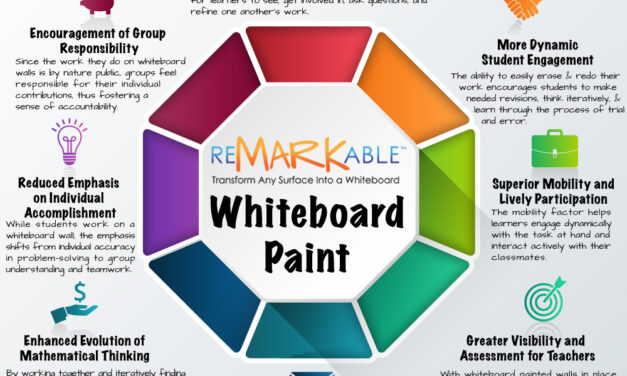
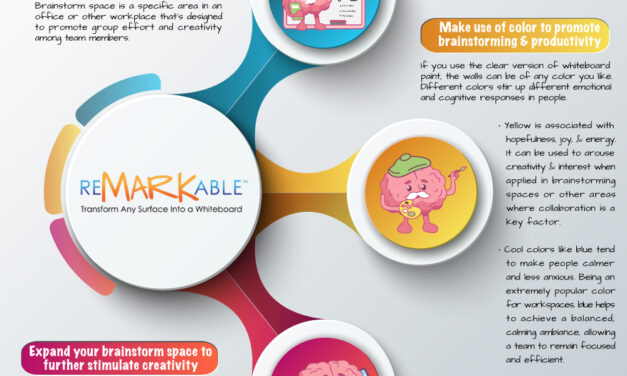


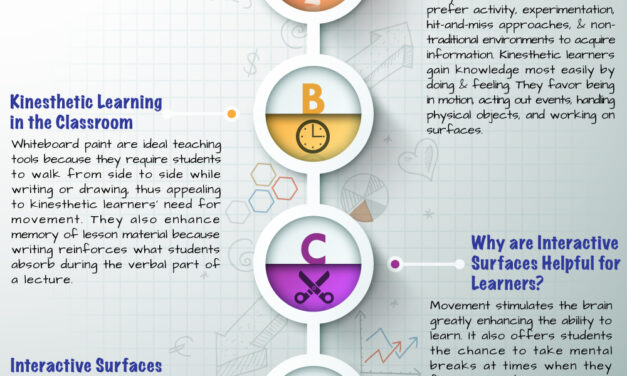





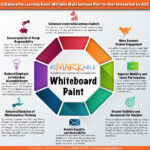



0 Comments